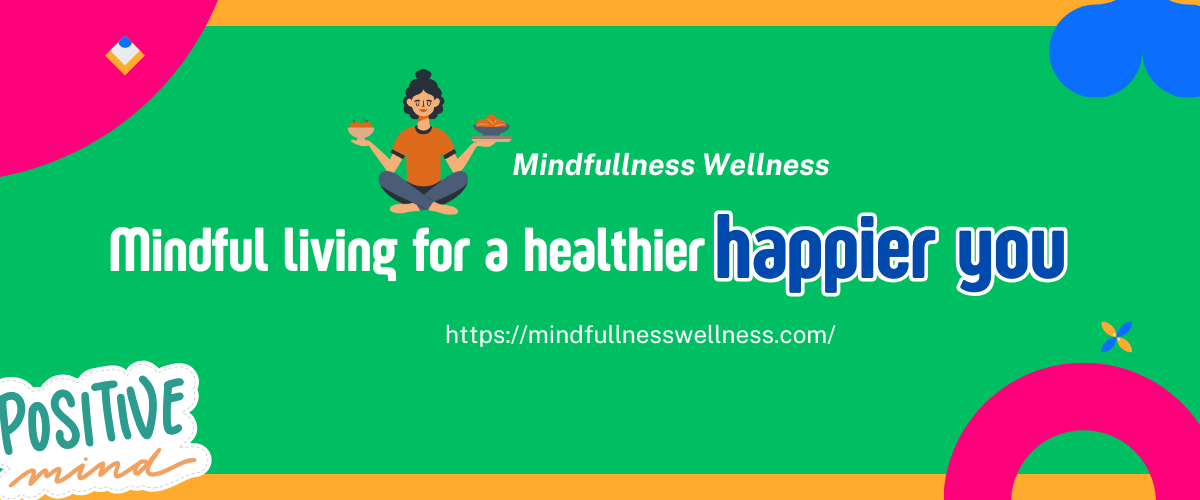You open Instagram, TikTok, or YouTube Shorts—just for a quick break. One video leads to another… and suddenly, an hour has vanished. If this sounds familiar, you’ve experienced the psychological grip of infinite scroll—a design tactic engineered to keep you hooked.
Welcome to one of the most addictive mechanics in tech today, and more importantly, let’s talk about how you can break free.
What Is Infinite Scroll—and Why Is It So Addictive?
Infinite scroll is a UX (user experience) design pattern that loads content continuously as you scroll, eliminating the need to click to load more. Originally intended to improve usability, it’s now a core element in keeping users engaged—sometimes for hours.
The problem? It exploits how your brain seeks novelty. Every new swipe brings a possible dopamine reward: a funny video, an inspiring quote, a shocking news clip.
The dopamine loop is real—and infinite scroll is its playground.
The Psychological Toll of Endlessly Scrolling
Even though it may feel relaxing in the moment, the effects of infinite scroll stack up fast:
- Time distortion: You lose track of time and intentions.
- Mental fatigue: Constant input with no stopping point overloads your mind.
- Reduced attention span: Jumping from post to post trains your brain to expect fast rewards.
- Sleep disruption: Late-night scrolling impacts melatonin levels and sleep quality.
- FOMO and comparison: Social media’s highlight reels can increase anxiety and reduce self-esteem.
Why We Fall Into the Trap
It’s not about weakness or lack of willpower. Infinite scroll is engineered to:
- Eliminate “stop cues” (like reaching the end of a page)
- Reduce decision friction (you don’t have to click next)
- Leverage variable rewards (you never know what content comes next—so you keep looking)
It’s the same principle behind slot machines.
6 Ways to Escape the Infinite Scroll Loop
Reclaiming your time starts with intention. Here’s how:
1. Set Scroll Limits with App Timers
Use your phone’s built-in features like Screen Time (iOS) or Digital Wellbeing (Android) to cap your usage per app.
2. Use “Scroll Stopper” Apps
Browser extensions and apps like Unhook, News Feed Eradicator, or LeechBlock help eliminate endless feeds and distractions.
3. Schedule “Scroll Windows”
Designate limited times (like 15 minutes after lunch) when you allow scrolling—then put the phone down.
4. Switch to Purposeful Platforms
Replace infinite scroll apps with apps that serve a specific purpose—like Kindle for reading, Pocket for articles, or journaling apps.
5. Create End Cues
Set visual or physical reminders (e.g., sticky notes on your phone, timer alarms) to break the trance of continuous swiping.
6. Reflect Before You Tap
Before opening a social app, pause and ask: What am I looking for? If you can’t answer, it’s probably habit, not intention.
A Digital Design Problem Needs a Mindful Solution
Infinite scroll isn’t just a time-waster—it’s a mental energy drain. But awareness is the first step to control.
By setting clear tech boundaries, replacing habits, and building “end points” into your scroll routines, you can unplug from the dopamine loop and reconnect with your life, purpose, and peace of mind.
Takeaway: Infinite scroll thrives on novelty and habit—but with intentional tech use, you can protect your focus, time, and mental clarity.







